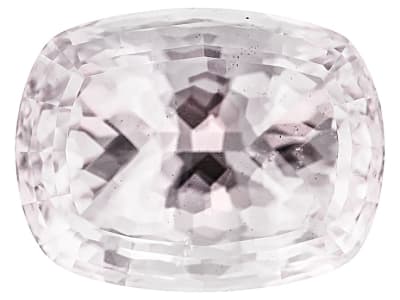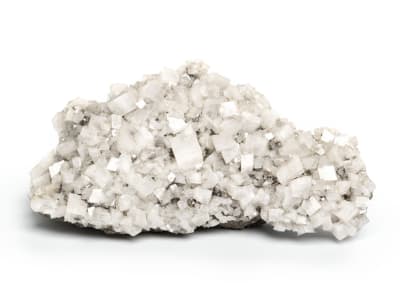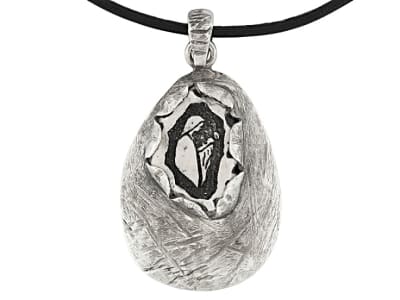Dolomite is a white to brownish and sometimes pink-colored mineral named for French mineralogist Dodat Gratet de Dolomieu in 1791. Specimens are usually found in crystal clusters and have been known to be large in size. Transparent dolomite gems can be difficult to find due to their cleavage and low hardness value. They are usually preferred as a collector’s stone.
General Information
Common Name
Dolomite
Species
Dolomite
Transparency
Transparent - Opaque
Dispersion
Strength: Weak Fire
Refractive Index
1.502-1.698
Birefringence
0.179-0.185
Optic Character
Uniaxial
Optic Sign
Negative
Polariscope Reaction
Aggregate (AGG), Doubly Refractive (DR)
Fluorescence
SWUV: Variable
LWUV: Variable
LWUV: Variable
Pleochroism
None
Hardness
3.5-4
Streak
White
Specific Gravity
2.800-2.950
Toughness
Poor
Luster
Vitreous, Pearly
Stability
Poor
Fracture
Subconchoidal
Cleavage
Perfect, in one direction
Chemical Name
calcium magnesium carbonate
Chemical Formula
CaMg(CO3)2
Crystal System
Trigonal
Chemistry Classification
Carbonate
Dolomite Colors
-
 Blue
Blue -
 Brown
Brown -
 Colorless
Colorless -
 Gray
Gray -
 Pink
Pink -
 White
White
Alternate Names
Dolostone
Countries of Origin
United States of America; Bolivia (Plurinational State of); Spain; Canada; Austria; Unknown; China; Ireland; Namibia; Brazil; Mexico; Israel; France; Peru
Care
Gentle care, avoid heat and harsh chemicals


